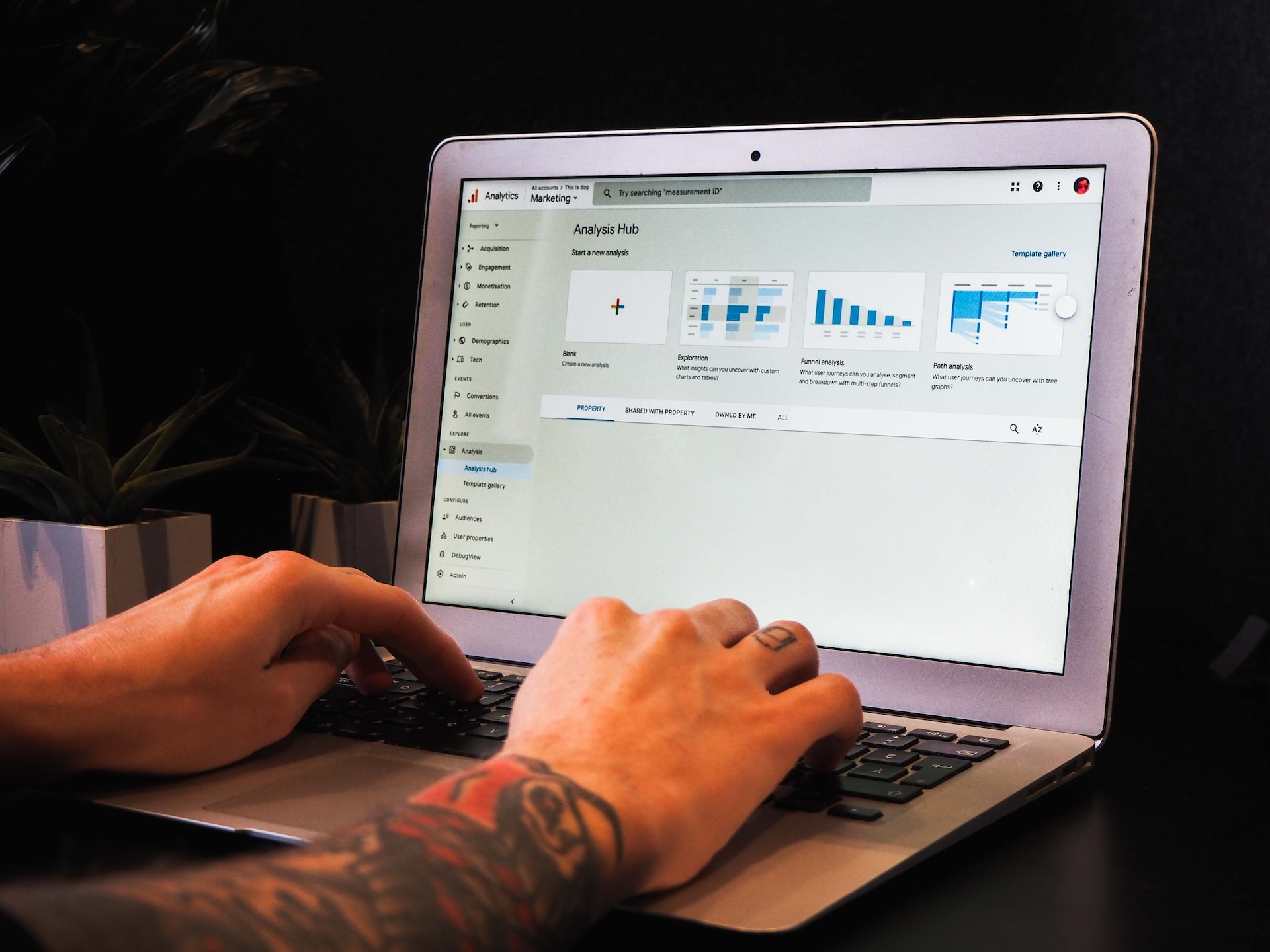As the digital landscape continues to evolve, businesses strive to gather accurate and comprehensive data to make informed decisions around their marketing. One crucial aspect of this process is web analytics, which provides insights into user behaviour, engagement, and conversion rates. For years, Google Analytics (UA) has been the go-to tool for businesses to analyse their website’s performance. However, Google has recently announced the retirement of Universal Analytics in favour of its newer analytics platform, Google Analytics 4 (GA4).
In this blog post, we will explore the key differences between GA4 and UA and delve into why Google is phasing out UA.
Retiring Universal Analytics:
Google has set a deadline of July 1, 2023 for the retirement of Universal Analytics, which is when standard Universal Analytics properties will stop processing data. This move marks a significant shift in Google’s web analytics offerings. Google’s decision to retire UA stems from its desire to adapt to the evolving digital landscape and to provide marketers with more powerful and flexible analytics capabilities.
Key differences between GA4 and UA:
- Data Model: One of the most significant differences between GA4 and UA lies in their underlying data models. UA operates on a session-based model, where each user interaction is recorded as a separate session. In contrast, GA4 uses an event-based model, focusing on individual user interactions or events throughout the entire user journey. This shift allows for more detailed and granular data analysis, providing marketers with deeper insights into user behaviour.
- User-Centric Approach: GA4 places a stronger emphasis on individual users, enabling marketers to track user engagement across multiple devices and platforms. This holistic approach allows businesses to gain a better understanding of their customers’ journeys, from their initial touchpoints to conversions, regardless of the devices used. UA, on the other hand, primarily focuses on website sessions and pageviews, providing a more limited view of user behaviour.
- Enhanced Cross-Platform Tracking: With the proliferation of mobile devices, apps, and other digital touchpoints, cross-platform tracking has become increasingly vital. GA4 has been designed to address this challenge by offering more seamless integration and tracking across web, mobile apps, and other platforms. UA, although capable of tracking mobile app data, requires additional implementation steps and lacks the same level of integration as GA4.
- Machine Learning and AI Integration: GA4 harnesses the power of machine learning and artificial intelligence (AI) to provide businesses with valuable insights. By analysing patterns and trends in user behaviour, GA4’s AI capabilities help marketers understand user preferences, identify potential opportunities, and optimize marketing efforts. UA, while offering some AI-powered features, does not provide the same level of advanced analysis and predictive capabilities as GA4.
Why is Google Retiring UA?
Google’s decision to retire Universal Analytics and shift focus to GA4 stems from several reasons:
- Evolving User Behaviour: The digital landscape has experienced significant changes in recent years, with users engaging with brands across multiple platforms and devices. Retiring UA allows Google to adapt to this shift and provide marketers with a more comprehensive view of user behaviour.
- Enhanced Tracking and Insights: GA4’s event-based tracking model and machine learning capabilities offer businesses a more sophisticated and nuanced understanding of user behaviour. By retiring UA, Google aims to provide marketers with a more powerful tool to track, analyse, and optimize their digital marketing efforts.
- Future-Proofing: Google’s decision to invest in GA4 signals its commitment to innovation and staying ahead of industry trends. By sunsetting UA, Google can focus on further developing and improving GA4 to meet the evolving needs of businesses and marketers.
The shift to GA4 offers a more comprehensive and user-centric approach to web analytics, with enhanced tracking capabilities, machine learning integration, and the ability to track user journeys across multiple platforms. By retiring UA, Google aims to equip marketers with a more powerful tool to adapt to the evolving digital landscape and make data-driven decisions. Embracing GA4 will not only ensure businesses stay ahead in the data game but also enable them to gain deeper insights into their customers and drive better results.
To browse a list of available videos about Google Analytics 4 and for step-by-step demonstrations of how to set up and use Google Analytics click here.

